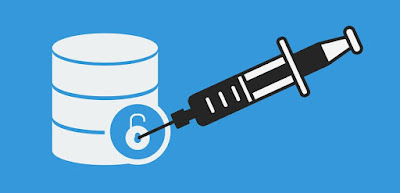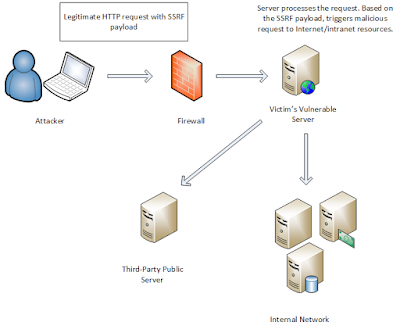XML External Entity (XXE) Processing

An XML External Entity attack is a type of attack against an application that parses XML input. This attack occurs when XML input containing a reference to an external entity is processed by a weakly configured XML parser . This attack may lead to the disclosure of confidential data, denial of service, server side request forgery, port scanning from the perspective of the machine where the parser is located, and other system impacts. The XML 1.0 standard defines the structure of an XML document. The standard defines a concept called an entity, which is a storage unit of some type. There are a few different types of entities, external general/parameter parsed entity often shortened to external entity , that can access local or remote content via a declared system identifier. The system identifier is assumed to be a URI that can be dereferenced (accessed) by the XML processor when processing the entity. The XML processor then replaces occurrences of the named extern



